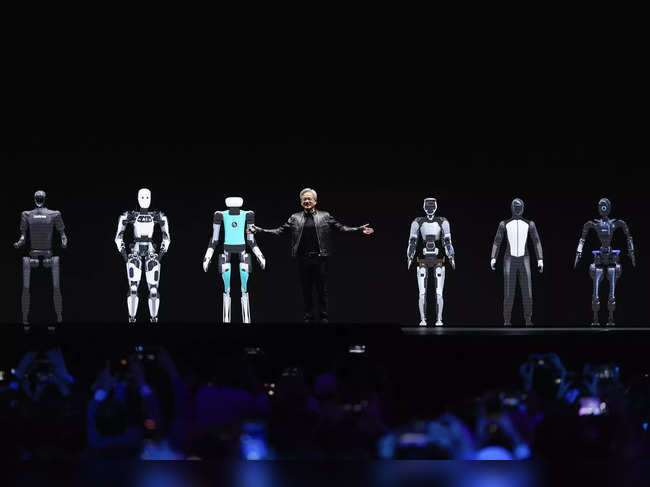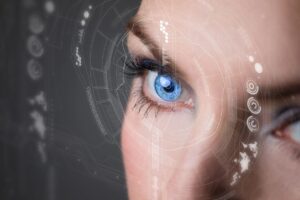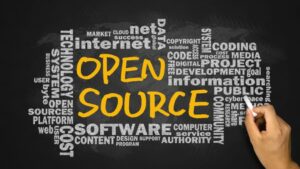Nvidia has unveiled its groundbreaking Blackwell GPU chip, boasting the capability to process trillion-parameter AI models up to 30 times faster and with one-fourth the power consumption. Concurrently, developers of humanoid robots can now leverage Nvidia’s Project Groot, featuring a novel computer based on Blackwell, enabling robots to comprehend natural language and mimic human actions through observation.
During Nvidia’s Techfest at the SAP Centre in San Jose, accompanied by Jensen Huang, CEO of Nvidia, two small bipedal robots named ‘Orange’ and ‘Green’ stole the show. These creations, courtesy of Disney Research, learned to walk using Nvidia’s simulator, eliciting cheers from the audience of 12,000 attendees eager to witness Huang’s keynote speech heralding a new era in AI computing and robotics.
Nvidia, the world’s third most valuable company, announced its latest Blackwell chip on Monday, boasting unparalleled processing capabilities for trillion-parameter AI models, at significantly enhanced speeds and energy efficiency. Huang addressed the mammoth crowd, unveiling the Blackwell chips, which are set to be integrated by tech giants including Amazon Web Services, Dell Technologies, Google, Meta, Microsoft, OpenAI, Oracle, Tesla, and xAI.
Moreover, Blackwell is poised to power sovereign AI clouds, such as India’s Shakti Cloud offered by the Hiranandani group’s Yotta Data Services, catering to the localized data storage needs of governments and enterprises.
In the wake of Nvidia’s announcements at the GPU Technology Conference, San Jose, ET provides an overview of the processing prowess of the new AI chipset, along with its implications for training large language models, among other advancements.
What is the Blackwell GPU?
A graphics processing unit (GPU) functions as a computer chip that generates graphics and images through rapid mathematical calculations. This makes GPUs ideal for high-compute tasks like training AI models, offering cost-effectiveness and energy efficiency.
Huang revealed that Blackwell GPUs are specifically designed to train the world’s largest AI models with trillion parameters. For instance, OpenAI’s latest model boasts 1.8 trillion parameters, a leap ten times larger than ChatGPT.
Comparing Blackwell’s performance to its predecessor, the Hopper (H100) GPU, Huang highlighted significant advancements. It took 8,000 GPUs, 15 megawatts, and 90 days to develop the GPT-MoE-1.8T model with Hopper, whereas the new system requires only 2,000 GPUs and consumes 25% less power.
Constructed with 208 billion transistors, the Blackwell chip facilitates faster handling of AI models and queries compared to its forerunners.
Manufactured using Taiwan Semiconductor Manufacturing Co.’s 4NP technique, the Blackwell chip ensures high-speed communication among up to 576 GPUs for the most complex large language models (LLMs).
Post-announcement, Nvidia’s stock remained relatively stable on Monday, but its value has surged more than 83% this year and over 241% in the last 12 months, surpassing previous tech giants like Amazon and Google.
Global tech leaders, including Microsoft CEO Satya Nadella, Alphabet and Google CEO Sundar Pichai, and Cognizant CEO Ravi Kumar S, have hailed their partnerships with Nvidia.
Nadella emphasized the expansion of their partnership with Nvidia across the Copilot stack, from silicon to software, to empower customers in developing breakthrough AI capabilities.
Pichai pledged to bring the capabilities of the Blackwell GPU to Google Cloud customers, while Kumar underscored how Nvidia’s GenAI platform would enhance drug discovery efficiency for Cognizant’s Life Sciences clients.
Project Groot: A foundation model for humanoid robots
Project Groot emerges as a pivotal initiative, providing a foundational model for humanoid robots to comprehend natural language and emulate human movements. Huang described mastering such skills as one of the most exciting challenges in AI today.
In addition to these advancements, Nvidia revealed plans to integrate its 3D computing platform, Omniverse, with Apple’s recently launched VisionPro virtual reality headset, promising users more immersive experiences. Furthermore, Nvidia expanded its collaboration with Oracle to facilitate global delivery of sovereign AI, leveraging Oracle’s capability to provide AI and full cloud services locally, anywhere
See also: Claude3: Insights into Anthropic’s Revolutionary Advancements


















